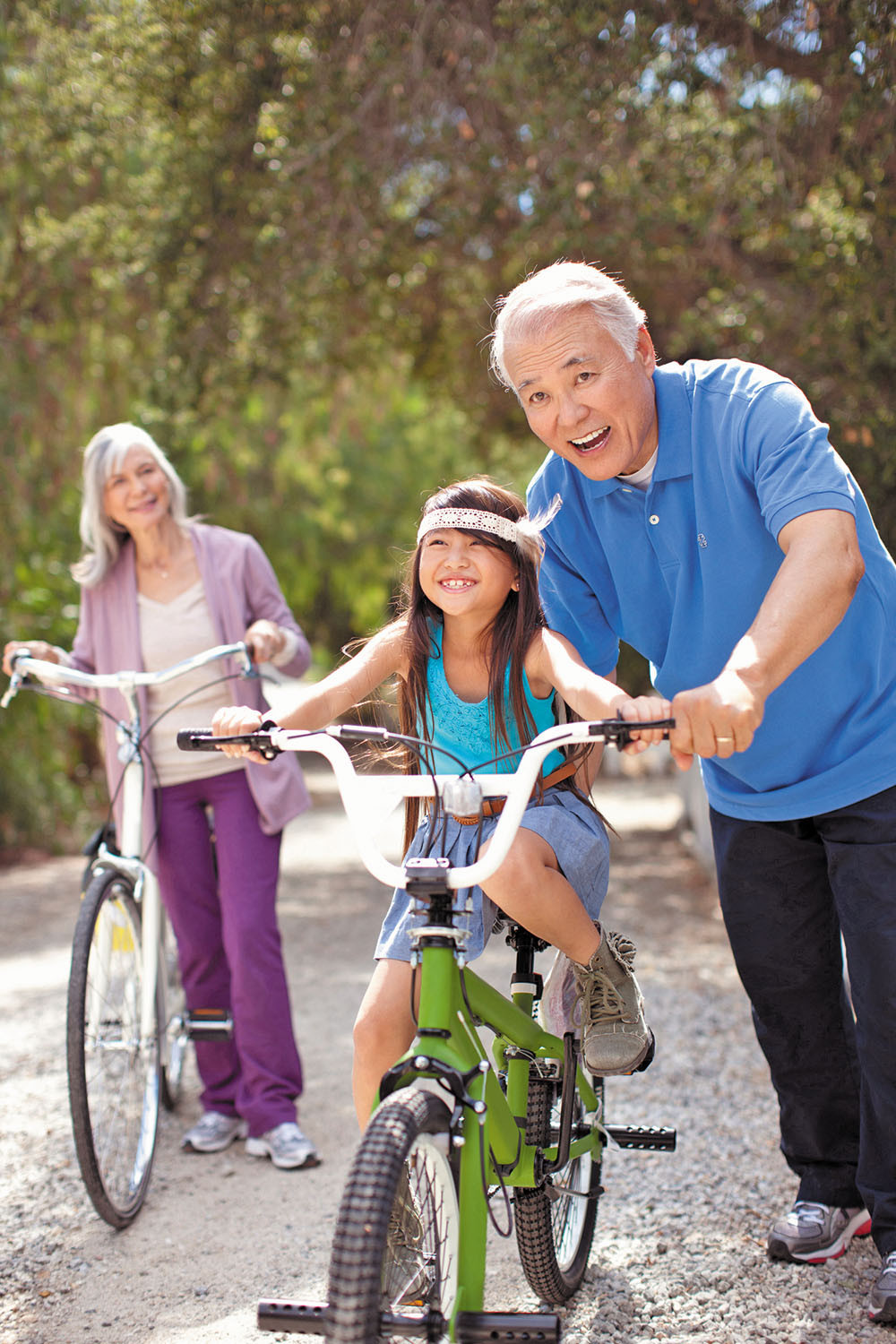
5 timeless habits for better health

What are the symptoms of prostate cancer?

Is your breakfast cereal healthy?
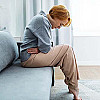
When pain signals an emergency: Symptoms you should never ignore
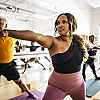
Does exercise give you energy?
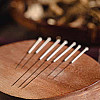
Acupuncture for pain relief: How it works and what to expect

How to avoid jet lag: Tips for staying alert when you travel
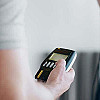
Biofeedback therapy: How it works and how it can help relieve pain

Best vitamins and minerals for energy

Should you take probiotics with antibiotics?
Exercise & Fitness Archive
Articles
Perfecting your walking technique
People are often surprised to learn that there's more to walking than simply putting one foot in front of the other. In fact, a little technique goes a long way to making your walks more enjoyable and more effective. Technique is especially important if you are hoping to become fitter and lose weight, because it will enable you to walk faster and longer. When you're standing tall, your muscles will move through a greater range of motion for a more powerful stride. Improving your walking posture will help you to look and feel more confident, too—and you'll look slimmer before losing a single pound. It will also help alleviate aches and pains and allow you to take deep breaths for more energy.
For any type of walking
The following rules will help you maintain good form.
The "hip hike" exercise for building hip strength
The hip hike is used to build hip strength if you're about to get into a running or walking program. It's easy, but you can also perform the hip hike by holding a chair to steady yourself. Make sure you're standing on a low, but stable, platform before you begin.
The "alphabet exercise" for foot and ankle strength
It's easy. Make believe your big toe is a pencil and sketch out the alphabet. These muscle movements will help build foot and ankle strength, which aids balance and helps prevents falls. You can learn more at the Harvard online course Exercises for Bone Strength.
All rise now — just how fit are you?
Attempting to stand up from a seated position on the floor is a good way to assess your overall fitness. No problem? Do it regularly to track your physical health. Having difficulty? Try these exercises to help you improve your fitness.
Take control of rising cholesterol at menopause
Here's what the numbers mean — and strategies to lower your cholesterol if it's too high.
For some women who've had normal cholesterol readings all their lives, that changes at menopause. "Going through menopause often results in lipid and cholesterol changes for the worse," says Dr. Samia Mora, an associate professor of medicine at Harvard Medical School and a specialist in cardiovascular medicine the Brigham and Women's Hospital. Drops in the female hormone, estrogen, are associated with a rise in total cholesterol levels due to higher amounts of low-density lipoprotein (LDL), the "bad" cholesterol, and another blood lipid (fat) known as triglyceride. Over time this can raise heart risks, which is a reason for concern, as cardiovascular disease is the No. 1 cause of death in postmenopausal women, says Dr. Mora.
"So, it's especially important to track the numbers in perimenopause and the early years after menopause, as LDL cholesterol and total cholesterol tend to increase," she says.
4 exercise trends to try
Some trends are high-tech, and some go back to basics.
One of the best ways to sustain an exercise regimen is to find an activity that appeals to you. And four new exercise trends may pique your interest. They're not age-specific and most can be tailored to your needs. But they do have pros and cons.
1. Circuit training
When people talk about circuit training in 2020, they're probably not referring to working out on a series of weight machines. Today's circuit consists of a series of exercises, set up at separate "stations" in various parts of a large exercise room. "The exercises focus on agility, balance, or strength, and they alternate between upper- and lower-body movements to avoid excessive fatigue in any one muscle group," says Michael Bento, a personal trainer at Harvard-affiliated Massachusetts General Hospital.
Staying healthy when you’re raising young grandchildren
This caregiver role has mental and physical health challenges.
You're not alone if you've suddenly found yourself raising your grandchildren. In the United States, three million older adults are primary caregivers to kids of all ages. Like any caregiver role, raising kids (especially young children) comes with many challenges, not the least of which is maintaining your health.
Physical challenges
The care of little kids — feeding, bathing, dressing, soothing, entertaining, lifting, carrying, and chasing after them — requires youthful energy and strength. As a grandparent you may be at a disadvantage, and not just because of age. "You may be slower from chronic conditions — like arthritis, heart problems, or diabetes — and from taking the medications needed to treat them," says Dr. Suzanne Salamon, associate chief of gerontology at Harvard-affiliated Beth Israel Deaconess Medical Center.
Can hot cocoa ease pain from peripheral artery disease?
Research we're watching
Hot cocoa may be just what the doctor ordered… for leg pain. A small study published February 14 by Circulation Research found that adults with peripheral artery disease (PAD) who drank a specially designed hot cocoa had less PAD-related leg pain when walking than those who didn't drink the cocoa.
PAD is a condition in which fatty deposits collect and reduce blood flow in arteries outside the heart — most commonly in the legs. People with PAD commonly experience pain when walking. For this study, researchers gave 44 people with PAD a specially designed cocoa-containing beverage three times a day for six months. The cocoa drinkers were able to walk on average almost 140 feet farther in a timed walking test than people who drank the same amount of the same beverage that didn't contain the cocoa. The cocoa drinkers also had some improved muscle function and blood flow into the calves. While the drinks were specially designed for the trial, the researchers speculated that cocoa may contain an ingredient that helps muscle cells using oxygen more efficiently.
Give yourself a lift
A simple exercise called the deadlift helps make everyday actions easier and safer.
Research shows that weight lifting is good medicine for healthy older adults. While there are many weight-lifting exercises, one move you should always include with your workouts is the deadlift.
The deadlift is a simple-looking movement. From a squatting position, you grab a weighted barbell and then stand while you lift the bar with straight arms. The barbell rises to about mid-thigh level. You hold for a second and return to the starting position.
Can stronger muscles pump up your heart health?
Strength training may be just as good as aerobic activity for reducing cardiovascular risk.
Any type of movement that makes your heart work harder than usual — brisk walking, dancing, or cycling — will benefit your heart health. But many people don't realize that targeted exercises to strengthen muscles throughout your body may also help stave off heart disease.
"In the past, strong muscles were considered beneficial mainly from a functional standpoint — that is, they make tasks such as carrying groceries and doing laundry easier," says Dr. I-Min Lee, a professor of medicine at Harvard Medical School who studies the role of physical activity in disease prevention. Those perks are particularly important as people age.

5 timeless habits for better health

What are the symptoms of prostate cancer?

Is your breakfast cereal healthy?

When pain signals an emergency: Symptoms you should never ignore

Does exercise give you energy?

Acupuncture for pain relief: How it works and what to expect

How to avoid jet lag: Tips for staying alert when you travel

Biofeedback therapy: How it works and how it can help relieve pain

Best vitamins and minerals for energy

Should you take probiotics with antibiotics?
Free Healthbeat Signup
Get the latest in health news delivered to your inbox!
Sign Up





